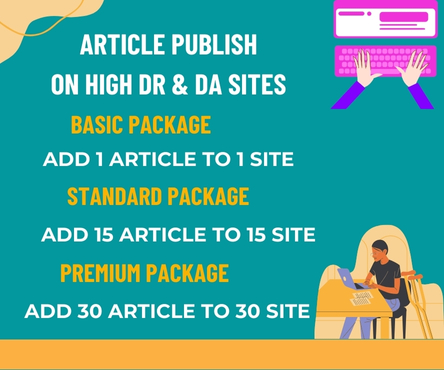In today’s digital era, businesses must go beyond traditional marketing techniques to showcase their software products effectively. One of the most powerful tools in this regard is an Interactive software demo. Unlike passive presentations or static screenshots, an interactive demo allows potential customers to experience a product firsthand. This approach significantly enhances user engagement, builds trust, and improves conversion rates.
Engaging Users with Hands-On Experience
A well-designed interactive software demo enables users to explore key features and functionalities in real time. Instead of relying on lengthy explanations or written guides, prospects can experiment with the software themselves. This hands-on approach is especially beneficial for complex software products, as it reduces the learning curve and clarifies how the tool meets their specific needs.
When users interact with a product, they develop a stronger connection to it. Studies show that people retain more information when they learn by doing rather than by reading or watching. This engagement increases the likelihood that potential customers will remember the software’s key benefits, making them more inclined to invest in it.
Building Trust and Confidence
Interactive demos allow prospects to assess software performance before making a purchasing decision. This transparency builds trust, as users can verify the product’s capabilities without relying solely on marketing claims. Unlike pre-recorded demonstrations, which may highlight only the best aspects of a product, an interactive demo provides a realistic experience that showcases both strengths and limitations.
By offering a hands-on preview, companies demonstrate confidence in their software. Customers appreciate this openness, and it often reassures them that they are making a well-informed investment. Additionally, businesses can use interactive demos to address specific customer pain points, reinforcing the idea that their software is the right solution.
Accelerating the Sales Process
An interactive software demo can significantly shorten the sales cycle. Traditional sales processes often require multiple meetings, lengthy explanations, and extensive back-and-forth communication before a prospect commits to a purchase. With an interactive demo, potential customers can quickly see how the software meets their needs, leading to faster decision-making.
Sales teams also benefit from interactive demos as they can personalize the presentation based on the prospect’s industry or unique requirements. Instead of delivering generic pitches, they can tailor the demo experience to highlight the most relevant features. This targeted approach increases the chances of conversion while reducing the time spent on convincing hesitant buyers.
Reducing Customer Support Burden
A well-executed interactive demo serves as a self-guided training tool, allowing users to explore the software at their own pace. This reduces the need for extensive customer support and onboarding sessions. When customers have access to an engaging demo, they can better understand the software before purchasing, leading to fewer inquiries and frustration after the sale.
Furthermore, businesses can integrate interactive tutorials within the demo itself, providing guidance on advanced features. This not only improves user experience but also enhances customer satisfaction and long-term retention.
Conclusion
Interactive software demos are an essential tool for businesses looking to enhance user engagement, build trust, and accelerate sales. By allowing potential customers to experience a product firsthand, companies can demonstrate value more effectively and create a lasting impression. In an increasingly competitive market, investing in interactive demos can be the key to standing out and achieving long-term success.

